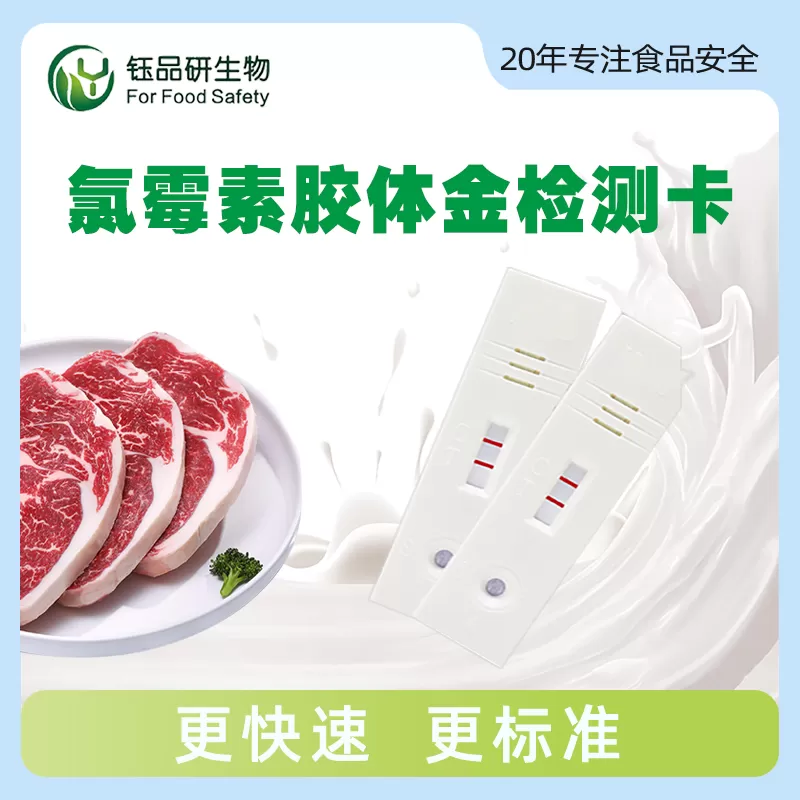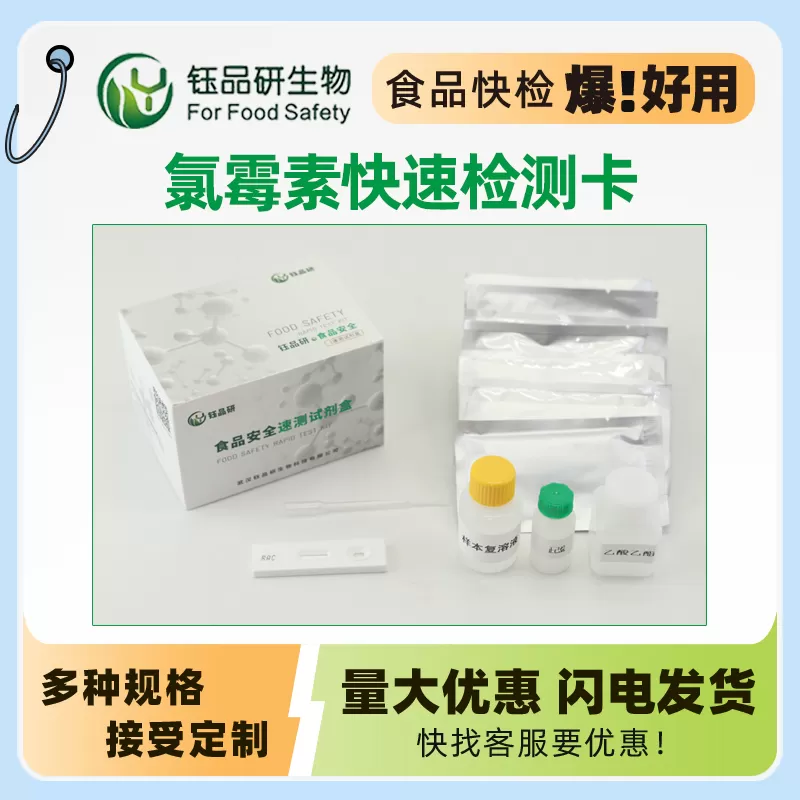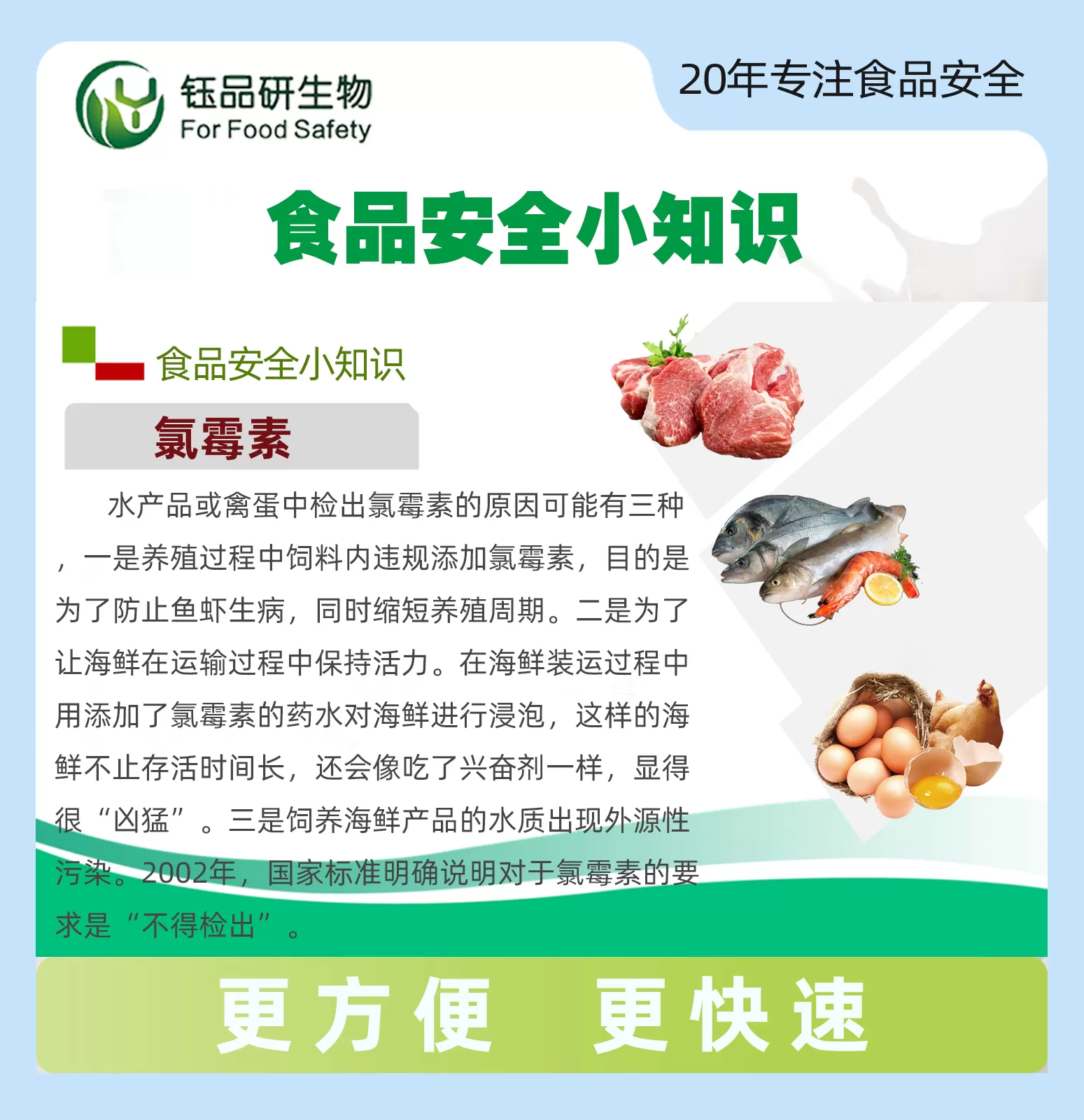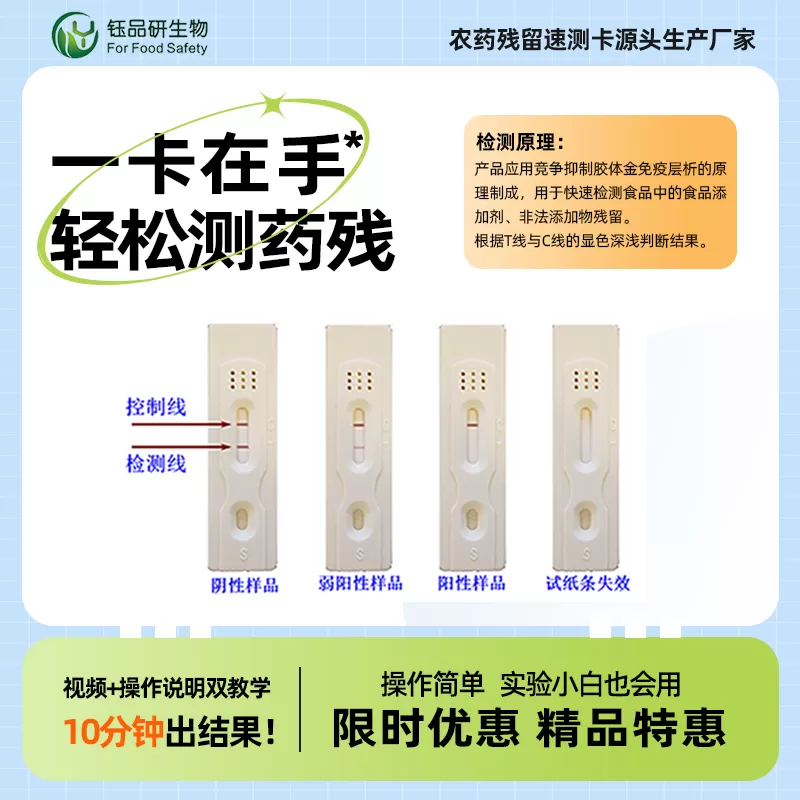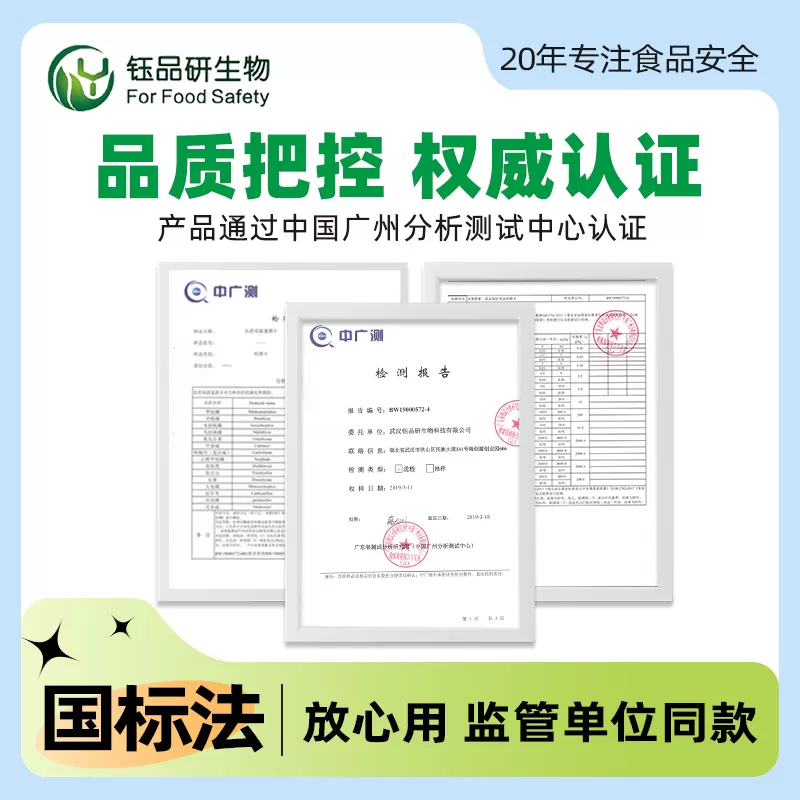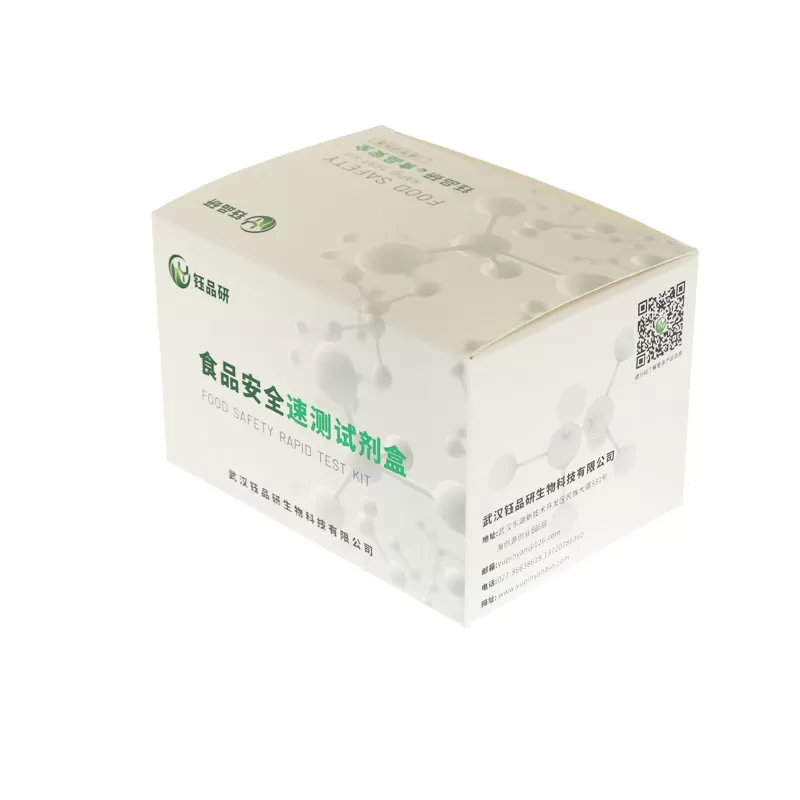Chloramphenicol colloidal gold rapid detection card instruction manual
1 principle and use
This product is made of the principle of competitive inhibition of colloidal gold immunochromatography for the detection of chloramphenicol (CAP) in tissue samples. After the sample solution is dropped into the sample hole of the detection card, the chloramphenicol in the sample solution binds to the gold standard antibody, thereby preventing the gold standard antibody from binding to the chloramphenicol conjugate on the cellulose membrane. The detection result is judged by the color depth of the C and T lines.
2 technical indicators, detection sensitivity: 0.1 μg/kg (ppb)
3 equipment and reagents to be provided
(1) balance (accuracy 0.01 g) (2) homogenizer (3) vortex meter
(4) sample concentrator/nitrogen blowing meter (5) low speed centrifuge (6) timer (7) pipette (20-200 μL, 100-1000 μL)
4 sample pretreatment
(1) Take a certain amount of chopped tissue samples of degreased animal products and homogenize the samples with a homogenizer;
(2) Weigh about 4 g of homogeneous material in a 15 mL centrifuge tube;
(3) Add 5 mL of extract and shake for 3 minutes;
( 4) room temperature 4000 rpm centrifuge for 3 minutes;
(5) take 4 mL of the upper liquid in 10 mL centrifuge tube, 65 ℃ nitrogen stream or air flow blow dry, to obtain solid residue;
(6) to the blow-dried centrifuge tube was added 300 µL chloramphenicol complex solution, fully dissolve the solid residue in the tube, the dissolved liquid is the liquid to be tested.
5 sample detection
(1) Take out the detection card and gold-labeled micropores from the original packaging bag and place them horizontally on the desktop;
(2) Absorb 120 µL of the lower layer of liquid to be tested in the gold-labeled micropores, slowly suck to dissolve the red matter in the micropores, and wait for 2 minutes;
(3) Absorb all the liquid in the gold-labeled micropores, and add it dropwise to the sample hole of the detection card vertically;
5 Start timing after adding the sample, and react for 8-10 minutes. According to the schematic judgment result, other time interpretation is invalid.
6 result judgment
Negative (-): T-line color development is deeper than C-line or there is no significant difference in color development with C-line, indicating that there is no substance to be tested in the sample or its concentration is lower than the detection limit.
Positive (+): The color development of the T-line is significantly weaker than that of the C-line or the T-line does not develop color, indicating that the concentration of the test object in the sample is equal to or higher than the detection limit.
Invalid: The C-line does not appear, indicating that the operation process is incorrect or the test card has failed. In this case, the instructions should be carefully read again and re-tested with a new test card.
7 precautions
7 Products that have expired or the aluminum foil bag is damaged should not be used.
7 When the test card is taken out of the refrigerator, it should be restored to room temperature and opened. The opened test card should be used as soon as possible to avoid moisture.
7 Do not touch the white film surface in the center of the test card.
7.4 The liquid extraction dropper should not be mixed to avoid cross contamination.
7 The sample solution to be tested should be clear, no cloudy particles, and no bacterial contamination, otherwise it will easily lead to abnormal phenomena such as blockage and inconspicuous color development, which will affect the judgment of experimental results.
8 Storage and shelf life
8 Storage conditions: 4-30 ℃ Store in the dark, do not freeze.
8.2 Shelf life: valid period 1 year, see the outer packaging for the production date.
9 kit composition
Specifications
10 times/box
20 times/box
Detection card (containing gold standard micropores, droppers, desiccants)
10 parts
20 parts
Chloramphenicol extract
1 bottles
2 bottles
dilution
1 bottles
2 bottles 11727798115 mL centrifuge tube
10 pieces
20 pieces


